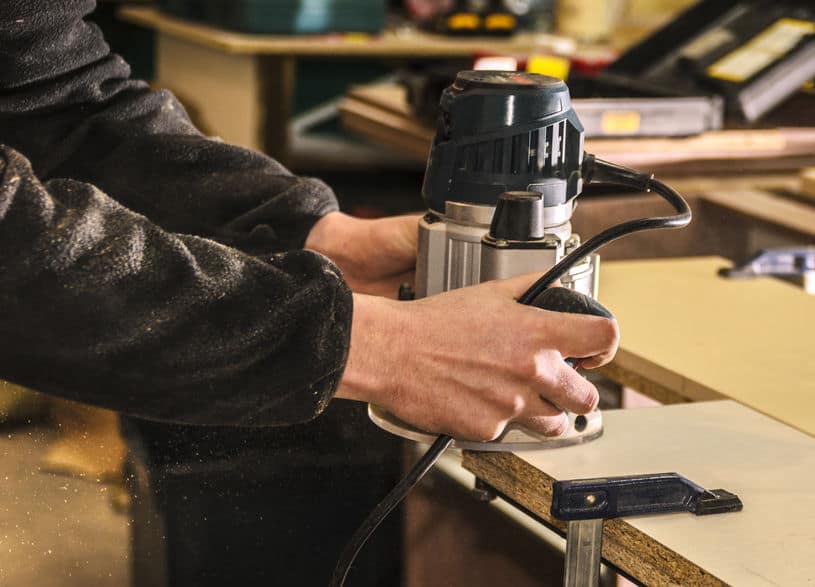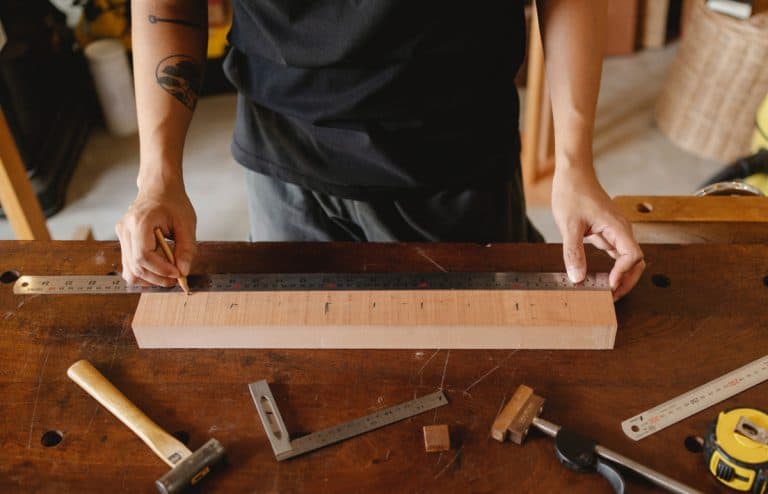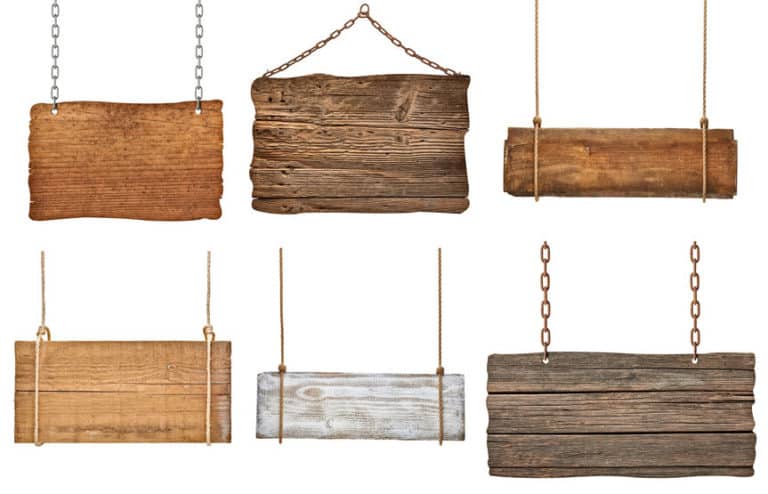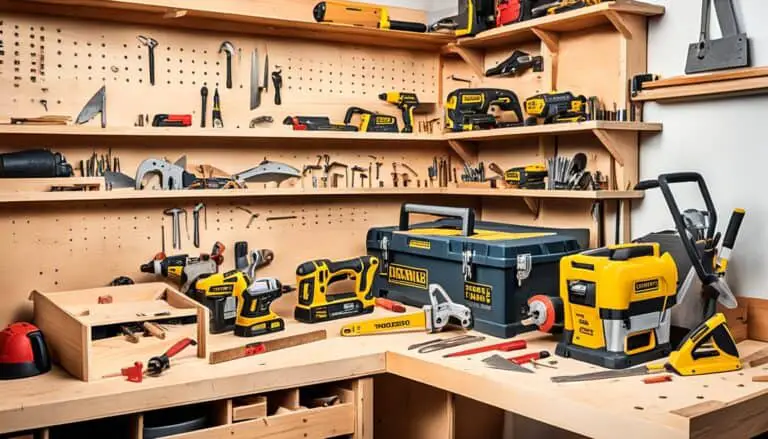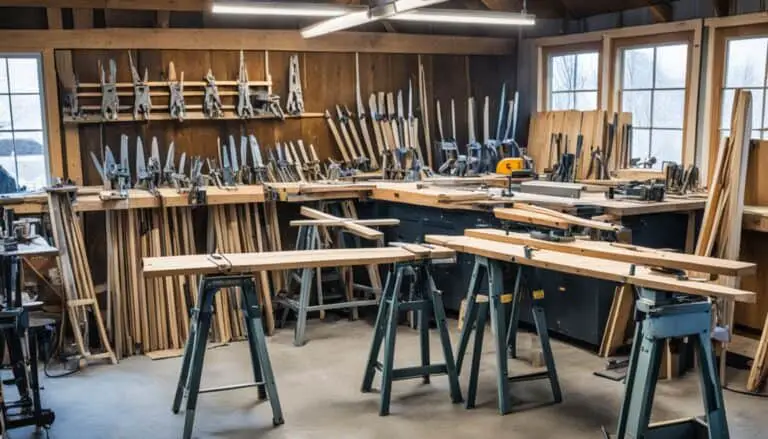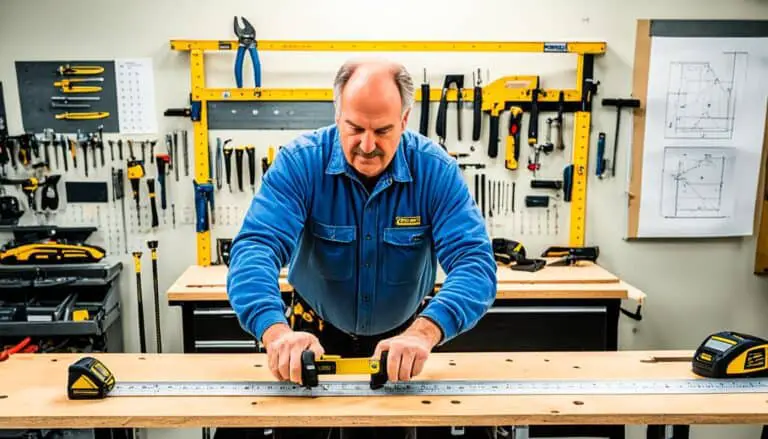When you are just starting out in wood sign making, choosing the best wood router is a big decision. There are a lot of factors to consider like cost, capability, and durability.
Choosing the best wood router, in the beginning, is a crucial decision. If you are new to wood routing what is the best router to choose. The best router to choose is a flexible variable speed wood router that is easy to maintain, has enough power to complete most wood routing, and is easy to handle.
When I first started out in the wood sign-making business I didn’t quite know what I needed or wanted with regards to a wood router. Do I go with a table router, Computer Numerical Control (CNC), or handheld router? What speed and power did I need. What wood router will give me the most flexibility with the number of router bit combinations and capability.
To better understand I will take you on my journey on how I discovered the best wood router for my wood sign-making business and the decisions I made to give me the best router for the best cost and capability. This is why I created this post “What Size Router Do I Need For Wood Signs – Beginners Guide”.
What Is A Wood Router
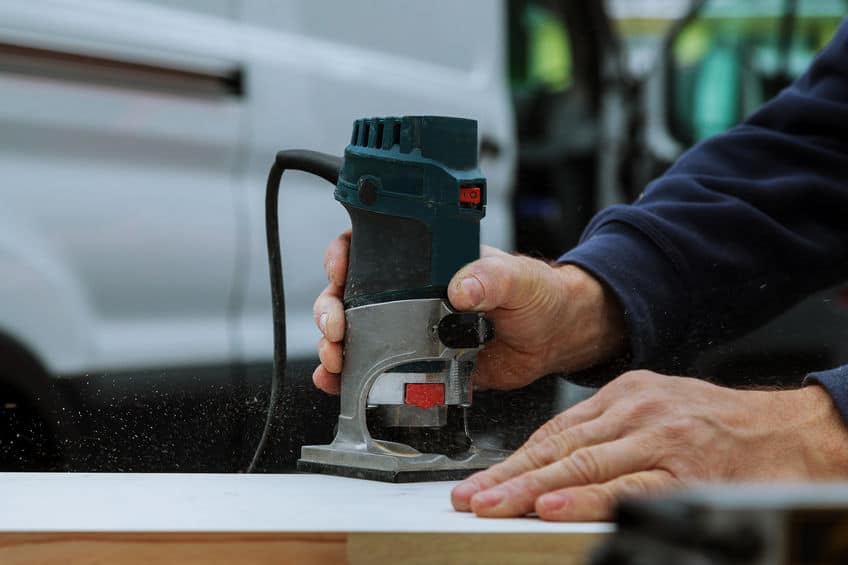
Wood routers are for cutting and removing wood material using a router bit. They are made in different sizes, power, and for different purposes. They have been around for a long time as the first routers were invented in 1915. They have evolved over the years to provide many solutions and methods for cutting and removing wood.
The wood router has evolved over time and began as mentioned back in 1915 as a hand-powered tool. Today’s electric-powered wood routers are versatile and very capable of removing much more material than when it was first conceived.
Many upfront concepts of wood routers are they just perform edging shapes. Actually, they perform many other cuts and material removal. Depending on how they are mounted they can also cut dadoes and rabbets.
They are also used for routing out areas or backgrounds with patterns creating outset letters and images, hanging eyelet patterns, and many more specialty creations. It really depends on your imagination and creativity as to what wood routers can do.
Now we know a little bit about the wood routers what are some of the different types. Wood routers come in different styles. They include plunge, D handled, mounted (such as CNC or table) and double knob handled plates which mount to the bottom giving you almost unlimited flexibility to create wood signs to the limits of your mind.
To provide a good glimpse of what wood routers can do look around your home. All of the edges of furniture, molding, and picture frames for example. Cabinets, coffee tables, desks, and pretty much anything wood may have been touched by a form of a wood router. This shows the decorative capability of the wood router in your own home and we didn’t even know it.
Wood routers lastly can be used to cut edges from patterns and recreate pieces of furniture or a wood piece around your home as well as wood signs. They can make intricate design and 3 Dimensional designs and artwork. As mentioned wood routers can perform many tasks. Let’s see what the best type of wood routers there are for a beginner in the wood sign industry.
Best Types of Wood Routers To Choose For Beginner And Home Use
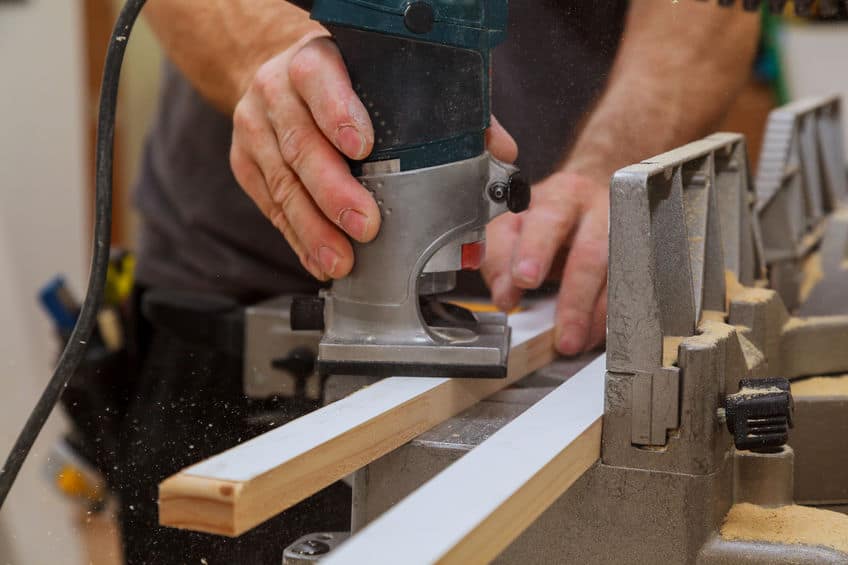
If you are just beginning to carve wood signs and want to consider a wood router, you need to know there are different types. The most popular for wood sign making is a palm router or a CNC router.
As of the writing of this post, there are approximately 88 types of packaging of routers in general. There are different and many selections that will match your needs and choice for wood routers.
- Trim routers – Small type of wood routers which are great for carving template routing and small wood carving jobs extremely versatile with low cost and also low capability. However if you are on a budget it is a great place to start.
- Mid-Sized Plunge Router – This is a good over all for most of your wood router chores. This is typically a higher power router which will be able to easily remove a large amount of material as well as perform the basic carving needs you will need.
- Full Size – These are typically a little more costly and will have large amounts of horse power. They will provide any wood carving task you can give them and are a very good choice if you have a lot of wood carving tasks. However, they can be heavy and cause other awkward situation dealing with the weight of the router.
- Combo Packages – These type of packages are great if you are looking for the capability to swap the base and use a plunge capability for example. The wood router comes with a regular base and the ability to swap to a plunge base. No longer will a you have a dedicated fixed base wood router and a separate plunge wood router. This gives you great flexibility and a cost savings.
The idea to keep in mind with choosing the best type of wood router is to consider its purpose. If you are looking to remove a lot of material with your wood router then you will need to consider a wood router with more horsepower.
This could possibly mean you will need to look at a bigger wood router that will have a bigger shank capability. As opposed to a typical 1/4 inch shank diameter the wood router would have a 1/2 inch wood router bit.
If you would like to know more about router bits take a look at my post – “Router Bit Different Types Wood Signs – Helpful Guide”
If you are just considering using your wood router for edging or carving simple lettering then you will want to look at it more like a palm wood router. The palm router is the simplest and most cost-effective wood router for beginners.
Below I will go into more detail on what you should look for in a wood router, options, and maybe some considerations which will assist you in your decision-making process. There are varying opinions on this subject however, I have found that the simple approach and purposeful approach is the best one to take.
What Should I Look For When Buying A Wood Router
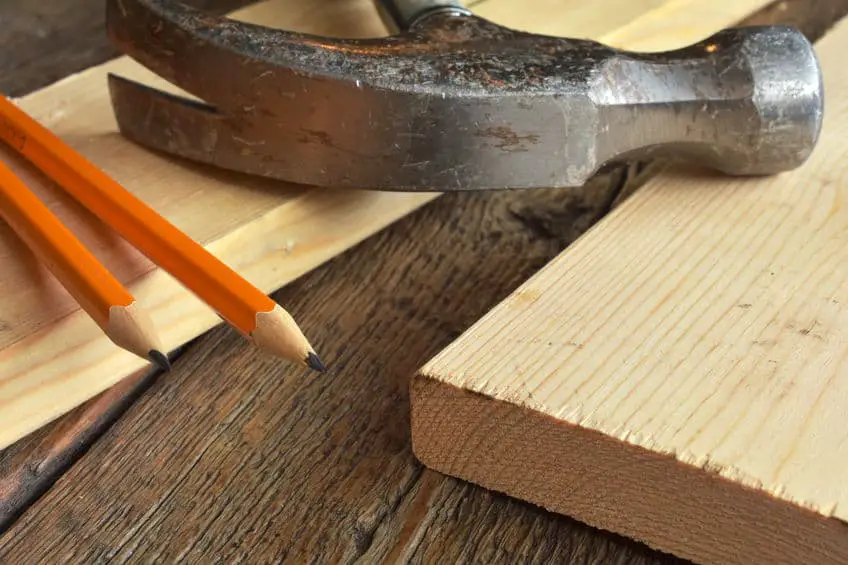
When I was looking for a wood router I considered the below after much research. I didn’t want to waste money and wanted to get a wood router which allowed me as a beginner and novice to provide me the capability I was looking for.
My goal was to carve wood inset lettering, edging, and remove background around outset lettering. Mostly with pine and softwoods and on occasion some hardwoods like oak.
- Fixed Speed/Variable Speed – This was an important item to consider as variable speed allows you to correctly correlate the different router bits and speeds with the wood router you are purchasing. It is crucial to use the correct manufacture recommend speeds with the different router bits because it makes the removal of material and cutting is the most efficient. When you can purchase a wood router with a variable speed capability it is the preferred recommendation.
- Soft Start – This is another crucial item which you need to consider. Most of your newer wood routers have a soft start when they start up. If your wood router does not have a soft start there are some startling things which you may notice. The wood router when it starts will be abrupt and may jerk you hands, especially if you have a large router bit locked in. It also doesn’t allow you to get use to the speed and handling of the router prior to starting to carve and remove material. A soft start in my opinion is a crucial requirement when considering a wood router.
- Spindle Lock – The older wood routers, especially the bigger horse power wood routers, require two wrenches to loosen the router bit collet. This can be discouraging if you are swapping out router bits quite a bit. A spindle lock makes life much easier with a single wrench and a button to hold the armature while loosing and tightening router bits. I highly recommend a spindle lock while considering your wood router.
- Table Adjustment – This is also a great consideration for purchasing your first wood router. This allows you to adjust the height of the router and the router bit to the material above the material. Most of the newer palm routers have a simple couple which allows you to move up and down with ease and some with measurement.
- Electronic Feedback Circuitry – This is a consideration you don’t hear about much but is just as important. It allows a balanced load for the router when starting up and also adjusts the torque to equal when using the wood router. If you are carving heavy material for example it allows the wood router to adjust accordingly.
- Weight – The weight of the wood router is important in a way you may not consider. If you are wanting a more powerful router you may sacrifice weight. A heavy router may great for removing a lot of material but the weight may be a consideration if you are not wanting a router which will wear you out. I’m not against a heavier router for the purpose of helping to remove background material or a lot of material making it easier, but for simple letter carving or edging a heavy wood router may not be the best choice.
- Dust Port – A dust port is important to assist you in keeping the extra material carved removed from your work area. Although this is not a mandatory requirement it definitely helps. Breathing in dust is not a good thing from a health perspective. If a dust port is available or has the ability to be purchased as an add-on later you may want to consider it.
If you would like to see what products I’m using and purchase you can see my recommended products here – “Recommended Products“
Different Wood Router Platforms
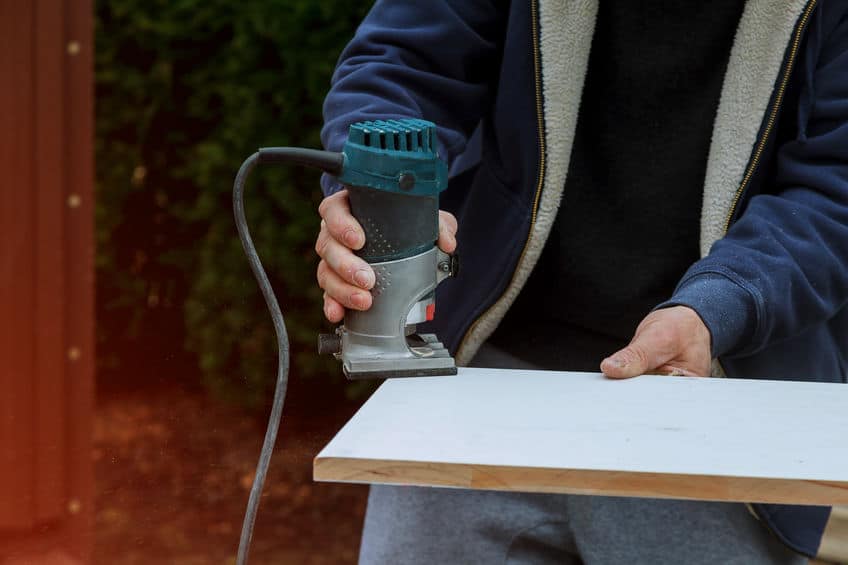
Another consideration for your wood router purchase is what platform will you be using on it. Will most of your wood sign carvings be by handheld routing, CNC, or table routing. Some folks like to have a combination of these to compliment each of the steps which come with the creation of a wood sign.
Let’s look at the difference between some of the platforms so you can review them and consider your need for them.
Handheld Wood Routers – Handheld wood routers are very versatile and easy to use. The term handheld means exactly what the term states that you hold this router with your hand and not mounted to a table or a CNC.
Of all of the different types of wood routers, this one is my favorite. Its ability to for example perform bevel and coved edges, remove material backgrounds, level thickness, precise carving for lettering inset and outset.
They typically come in 1.25 horsepower which is powerful enough to pretty much accomplish any wood carving task you may want to do. The size and ability for it to fit in the grip of your hand also is really nice as it allows you to manipulate the router in different angles, front and back, and have total control of the wood router.
Handheld wood routers also generally use 1/4 inch shank wood router bits. Although these are the smaller of the wood router bit shanks (Commercial size routers typically use 1/2 inch shank wood router bits) there is quite a variety of them to give you a great choice for your wood signs projects.
Lastly, they come with an electric cord and without (battery). I find I used the corded version on my CNC, however, I used the battery version for specific edging and design wood routing on the workbench. The battery allows flexibility and enough power to not worry about getting around a cord. It is frustrating to deal with a cord and the battery version would definitely help you, highly recommended.
Table Routers – This type of router platform is very popular and has been used for many years. It essentially is a router placed underneath a table with the wood router bit sticking through the table. These are typically used for:
- Trim and templates
- Joining cuts
- Box joining and dovetails
- Molding shaping
- Edge trimming
They come in many sizes and shapes and sometimes they have a fence next to the wood router bit much as a planer or table saw. They are very versatile and highly recommended for wood carving projects.
Some of the questions commonly asked about table routers are:
- Will any router fit any router table – The answer is a little challenging to answer without going into a lot of specifics but generally no. There are a lot of table sizes, adjustments and applications for table routers. My suggestion would be to research what you will be using your table router for and then pick a know brand that will be able to support you after purchase to have the availability parts and list of routers which will fit the router table.
- Is a router table worth it – Generally speaking about router tables from the wood signs perspective yes and no. It really depends on how much edging you are doing. Table routers are better suited joint cuts and rabbit cuts. Wood signs typically do not need these type of cuts.
- Can I make my own router table – There are a lot of enthusiasts who have plans which you can create your own router table, so the answer would be yes. I have also seen home router tables built into the workbench much like a miter saw for those who use the table saw application more.
CNC Routers – The CNC routers are fairly new to the industry from a woodworker perspective. During my research on CNC routers, I have found you either like them or you don’t. It really depends on your history and opinion. Nonetheless, CNC routers do offer a great amount of flexibility and capability which will make you think twice.
If you are a hands-on person who enjoys carving your wood sign with hand tools you may think the CNC is cheating. I respect the opinion of the hand carvers and understand their perspective. However, I have a lot of signs go out, more of a production line of products that is personalized. I would not be able to keep up with the demand if I didn’t have the CNC router.
Basically, a CNC router is a platform that uses X, Y, and Z plots from a computer-controlled program and plots carvings on a wood sign. This is a vast subject with many variables, however, that is the bottom line.
With regard to what size router you should purchase I have found the corded handheld router to do quite well from the CNC router perspective. For the majority of the wood sign carving products I have done the inserted handheld router performs great.
The placement of the router is in a holder/coupling in the middle of a moving holder on the z plotter. The router I use is a 1.25 horsepower handheld which carves wonderfully.
If you are considering a CNC look at the purpose, size, and brand review prior to purchasing. As of this writing, you can expect to pay around $1500.00 to $2000.00 base without any upgrades for your CNC. Most times this does not include the router.
Wood Router Upgrades To Consider
With any tool in any industry, there are upgrades that can be purchased and added to your wood router. I wanted to touch on this subject because I thought it would be important to note that some of the upgrades may be worth it from a wood sign creation perspective and some won’t.
Let’s look at the basics with regard to wood sign router upgrades.
Dust Collection Attachment – As mentioned above I provided many things I would suggest you consider for your wood router and dust collection is one upgrade I would suggest heavily. As dust is a wonderful thing to see and provides a great feeling of accomplishment when creating your wood signs, it is not great from a health perspective.
Collet Upgrade (Quick Collet Changer) – This of course is the coupler attachment on the bottom of the router which holds the wood router bit. It is an important item in the operation of your wood router. An upgrade would be a quick collet changer.
It is frustrating if you are constantly changing your wood router bit due to the wood sign projects that you perform. A quick collet changer would be something to consider. It replaces your collet with a collet that already has your predefined wood router bits tightened and your mount to the wood router with an Allen wrench. It does make lite work and reduces the frustration of constantly changing wood router bits.
How Do You Maintain A Wood Router
In my best effort to suggest to you “What Size Router Do I Need For Wood Signs – Beginners Guide” I would be re-missed in not suggesting to you how to maintain your wood router. Maintaining your woodworking tools is the key to success. As the old expression goes “Take of it and it will take care of you” definitely applies.
As with any set of tools in your shop or garage you need to maintain them. Cleaning, lubricating, and storing them correctly keep them working for you. Wood routers are not different.
Saw Dust – Using your wood router no matter what type of application will generate sawdust. Sawdust is no friend to your wood router. It clogs up the armature, vents, and collets. As you use your wood router, no matter what size you have you need to ensure they are free from sawdust and wood debris.
A small blast of air from your air compressor or an air spray can do the trick. Ensure you remove your wood router bit and clear out the collet. Use the air blast to spray from the bottom to the top to clear out any dust or carbon dust from the brushes (If your router uses brushes) and the small vents at the typically top to allow air to breathe into the router as designed.
Brushes – If your wood router uses brushes they are fairly easy to remove and replace. If you search youtube you can find how to replace your brushes on your model of wood router. An indicator of the brushes failing you is when the router worked perfectly fine just a few moments ago and now the light comes on and the armature does not turn and the router doesn’t spin at all.
Replacing your brushes is fairly inexpensive (Compared to the replacement of the wood router) and will make your wood router last quite a long time. Become familiar with where your brushes are located (Usually under the top cap of the wood router) so you can replace them down the road.
General Cleaning – Wiping down and generally keeping your wood router clean is always a good practice when you are carving. We always think about the wood sign project we are creating and sometimes do not have enough time to think about keeping the tools we use clean and working efficiently.
Choosing what size router you need for carving wood signs is a big decision and it is an expensive decision that has a great impact on your business or hobby. There are many things to consider and I hope I have helped you with good and sound advice on things to consider when choosing your beginning or first wood router.


